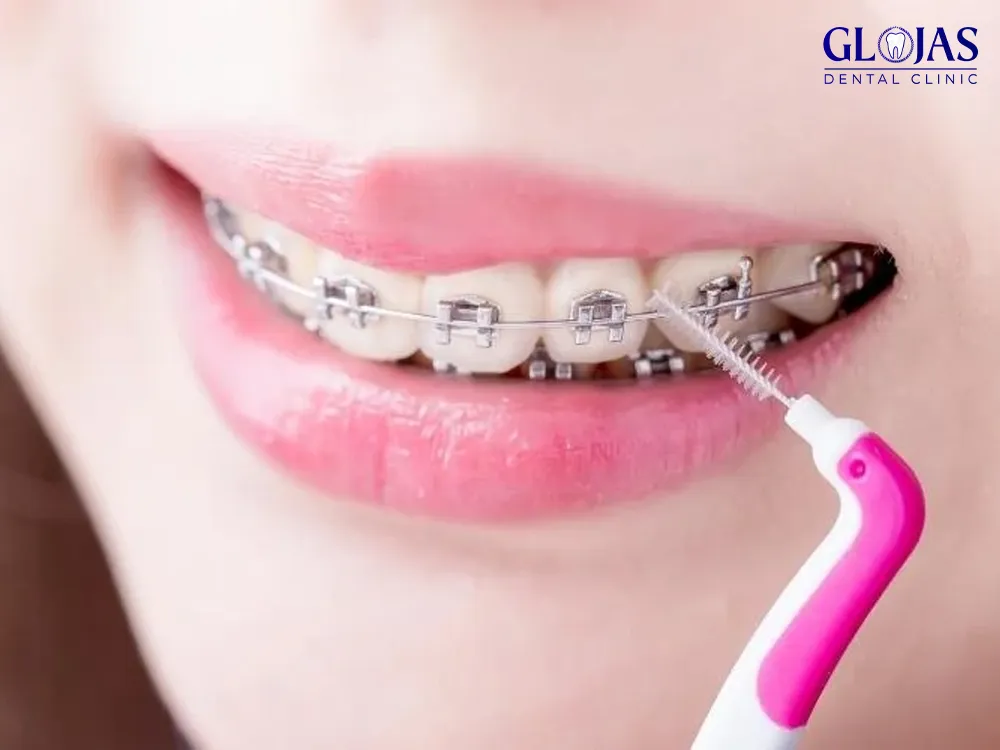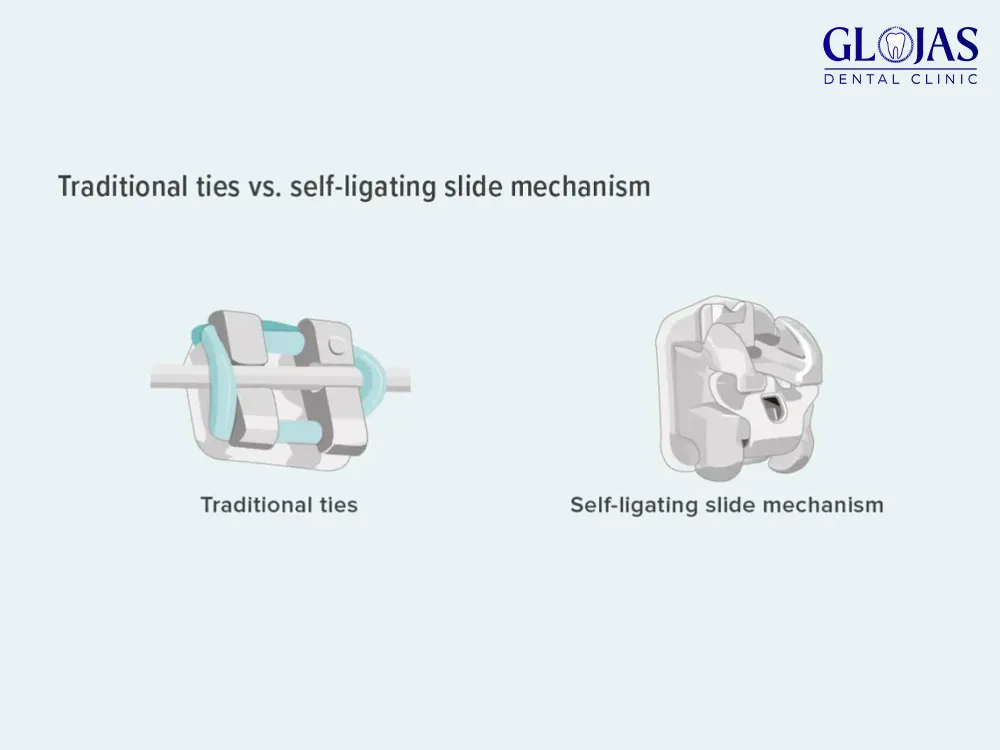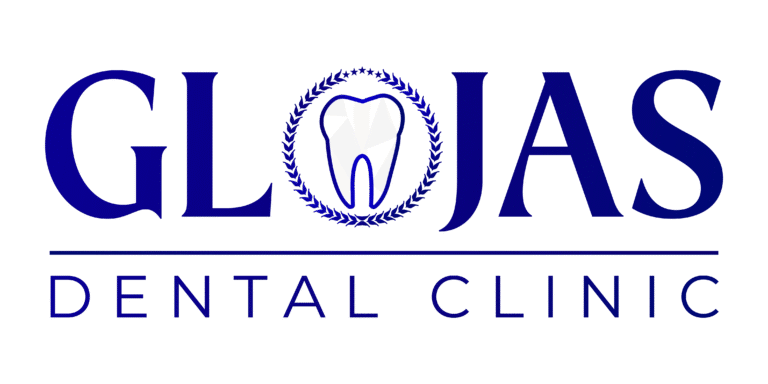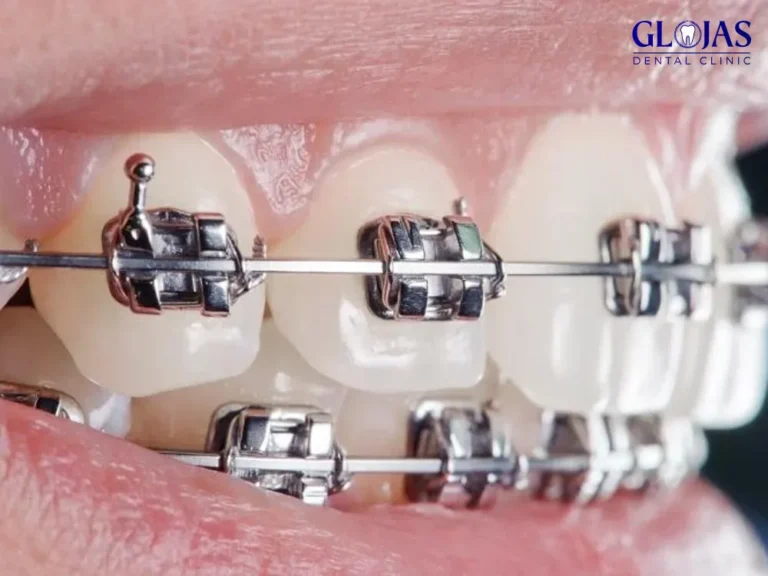Self-Ligating Braces
Self ligating braces have become a popular orthodontic choice for individuals seeking a more comfortable and efficient way to straighten teeth. These braces are designed to reduce treatment time and improve oral hygiene compared to traditional braces. But what exactly are self-ligating braces, and are they the right choice for you? Let’s explore the benefits, effectiveness, costs, and the procedure involved, especially for those in Malaysia.
“Self-ligating braces use a built-in system to secure the archwire to the brackets. You may also hear this system referred to as self-ligating brackets” – Healthline
What Are Self Ligating Braces?

Self-ligating braces are similar to traditional braces but use a specialized clip instead of elastic bands to hold the archwire in place. This design allows the wire to move freely, reducing friction and making adjustments easier. They are available in two types:
Active Self-Ligating Braces: Use a spring mechanism for active pressure.
Passive Self-Ligating Braces: Employ a simpler sliding mechanism with less pressure.
Benefits of Self-Ligating Braces
Shorter Orthodontist Appointments
With no elastic bands to replace, appointments are quicker and less frequent.Easier to Clean
Their design minimizes food trapping, making oral hygiene more manageable.Reduced Discomfort
Less friction means a more comfortable experience for patients.Aesthetic Options
Clear or ceramic self-ligating braces are less noticeable, offering a discreet alternative.
Effectiveness: Self-Ligating vs Traditional Braces?

While self-ligating braces are marketed for their efficiency and comfort, current research indicates no significant difference in the overall effectiveness between self-ligating and traditional braces. Both methods are equally capable of achieving desired orthodontic results when applied by a skilled orthodontist.
How Much Do Self-Ligating Braces Cost in Malaysia?
In Malaysia, the cost of self-ligating braces typically ranges between RM 10,000 and RM 18,000, depending on factors such as:
The complexity of the case
The type of self-ligating braces (metal vs. ceramic)
The orthodontist’s experience and clinic location
For comparison, traditional braces in Malaysia usually cost between RM 6,000 and RM 10,000.
How Is the Procedure Done?
Understanding the procedure for self-ligating braces can help ease any concerns and prepare you for what to expect. Here’s a step-by-step breakdown:
1. Initial Consultation
The process begins with an initial consultation with an orthodontist. During this visit:
A comprehensive examination of your teeth, gums, and jaw alignment is performed.
X-rays, photographs, and dental impressions may be taken to create a detailed treatment plan.
The orthodontist discusses your options and determines whether self-ligating braces are suitable for your needs.
2. Treatment Planning
Once self-ligating braces are deemed appropriate:
The orthodontist creates a personalized treatment plan tailored to your dental condition and goals.
This plan includes the estimated treatment duration and an outline of the steps involved.
3. Braces Installation
On the day of the procedure:
The teeth are cleaned and prepared to ensure the brackets adhere properly.
A bonding agent is applied to the teeth, and the self-ligating brackets are carefully placed.
The archwire is threaded through the brackets and secured using the built-in clips of the self-ligating system. This eliminates the need for elastic bands.
Adjustments are made to ensure the wire applies gentle, consistent pressure to the teeth.
4. Regular Adjustments and Monitoring
Throughout the treatment:
Follow-up appointments are scheduled every 6-10 weeks, which is less frequent than with traditional braces.
During these visits, the orthodontist checks progress and makes necessary adjustments to the archwire.
The self-ligating mechanism allows for smoother adjustments, resulting in shorter appointment times.
5. Maintaining Oral Hygiene
Proper care is essential during treatment:
Brush and floss regularly to prevent plaque buildup around the brackets.
Use interdental brushes or a water flosser to clean hard-to-reach areas.
Avoid hard, sticky, or chewy foods that could damage the braces.
6. Removal and Retention
Once the treatment is complete:
The braces are removed, and your teeth are cleaned to eliminate any residual adhesive.
A retainer is provided to maintain the new alignment of your teeth. Retainers are crucial to prevent relapse and preserve your results.
Are Self-Ligating Braces Right for You?
Choosing the right braces depends on your priorities, budget, and the advice of your orthodontist. Self-ligating braces may be ideal if you value shorter appointments and easier maintenance, but their higher cost might not justify the advantages for everyone.
1. Is self-ligating braces better?
Self-ligating braces offer several advantages, such as shorter orthodontist appointments, easier cleaning, and reduced discomfort due to less friction. However, when it comes to overall effectiveness in straightening teeth, research indicates that they are just as effective as traditional braces. The choice depends on personal preferences and the complexity of the orthodontic case.
2. What are the disadvantages of self-ligating braces?
Despite their benefits, self-ligating braces have some downsides, including:
- Higher cost compared to traditional braces.
- Limited color options for those who enjoy customizing their braces with elastics.
- They may not be significantly faster at aligning teeth compared to traditional methods in all cases.
3. How painful are self-ligating braces?
Patients generally report less discomfort with self-ligating braces due to reduced friction between the wire and brackets. However, as with any orthodontic treatment, mild soreness or pressure may be felt after initial placement or adjustments as the teeth shift into alignment.
4. How long do self-ligating braces take?
The treatment duration for self-ligating braces varies based on the complexity of the dental issue. On average, it takes between 18 to 30 months to complete the treatment, similar to traditional braces. Regular follow-ups and good oral hygiene can help ensure efficient progress.
Conclusion
Self-ligating braces offer several benefits, such as reduced discomfort and easier cleaning, making them a compelling option for many orthodontic patients. The procedure is straightforward, involving consultation, installation, regular monitoring, and proper maintenance. However, when it comes to overall effectiveness, they perform similarly to traditional braces. If you’re considering self-ligating braces in Malaysia, expect to pay between RM 10,000 and RM 18,000. Always consult with a qualified orthodontist to determine the best option for your specific needs.
By aligning your choice with your lifestyle and goals, you can achieve a healthier, more confident smile!

